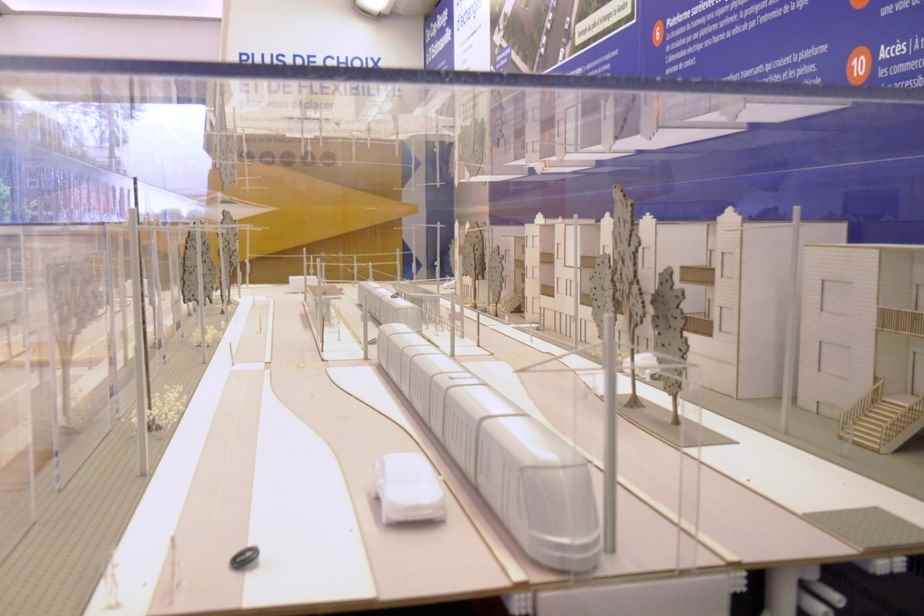Recent events have highlighted many major projects, such as those for GNL Québec, the Québec tramway, the 3e link between Quebec and Lévis or the extension of the REM in the east of Montreal for which the environmental and social dimensions are important.
Posted at 11:00 a.m.
More than 40 years after the implementation of Quebec’s environmental regulatory and institutional framework and as many years of practice by environmental assessment specialists, it is still surprising to note the lack of knowledge and confusion that remains present in the media. and among many decision-makers and citizens concerning the roles of the three main players in the field, namely developers and design offices, the Ministry of the Environment and the Fight against Climate Change (MELCC) and the Bureau d’audiences on the environment (BAPE). This state of affairs fuels cynicism and distrust of the work of these actors.
It is important to fully understand the role of the various actors in environmental assessment. Many small and large projects of all kinds are better designed and carried out and their impacts are avoided, mitigated and compensated for thanks to the work of the specialists who work there. Environmental assessment is clearly a practice that allows us to integrate environmental, social and economic considerations into projects to achieve sustainable development. It is a decision support tool to achieve better projects and not a waste of time and money as some suggest.
Quebec is a pioneer in this field, and this is particularly recognized in Francophonie.
The main project initiators in Quebec, such as the Ministère des Transports and Hydro-Québec, as well as the consulting firms that assist them, have developed an expertise based on environmental assessment specialists from multiple disciplines. sciences such as biology, chemistry, geography, engineering, forest sciences, or even anthropology and sociology. These multidisciplinary teams conduct complex studies using rigorous data collection and impact analysis protocols to fully understand the interactions between the natural and human environments and the proposed projects. Many of these specialists are also governed by the rules and best practices of their association or professional order. These studies are carried out by ensuring citizen participation and make it possible to better integrate into project design the specific concerns of different social groups as well as communities affected by the project, including Aboriginal communities.
Many specialists
In addition, the MELCC brings together in Quebec and in the administrative regions of Quebec many specialists from various disciplines who ensure that the impact studies of project initiators meet government requirements. These specialists also carry out interdepartmental consultations with the other departments concerned in order to gather the opinions of their counterparts and produce an environmental analysis report.
As for the BAPE, it intervenes at the request of the Minister of the Environment and the Fight against Climate Change. The designated commissioners, assisted by BAPE analysts, who also have a multidisciplinary profile, also produce a report to enlighten the Minister. The BAPE deals with all the dimensions of development, and not only the natural environment component as is often perceived. It makes recommendations to the Minister on the project under study, which will be added to those of the MELCC contained in its environmental analysis report for the project.
These two reports are complementary and will help the Minister in his decision-making.
The MELCC analyzes the project from more technical, scientific and legal angles, while the BAPE provides insight based on citizen concerns. These two reports are then added to the analysis contained in the impact study report of the initiator of the project.
The more publicized activities of the BAPE, due to its participatory dimension for often controversial projects, overshadow the activities carried out by environmental assessment practitioners in business and government. Although the BAPE’s importance to the environmental assessment process is undeniable, it is not the only player in the field.
The AQEI is aware that the field of environmental assessment is complex and that efforts must be made to improve its dissemination to the public, decision-makers and the media. In this sense, it will soon launch initiatives to propose new practices to promote better understanding by citizens and decision-makers. For example, reducing the often encyclopaedic nature of reports and refocusing the analysis of impacts on the major issues of projects are all avenues to consider for the implementation of a global science popularization strategy aimed at raising awareness and understand environmental assessments. This will facilitate public participation in this major democratic exercise and factual analyzes that must be the environmental assessment of major projects.
* Lina Lachapelle is an engineer, president of the AQEI, and Michel Rochon is a journalist and former president of the Association of Scientific Communicators (ACS) of Quebec.

